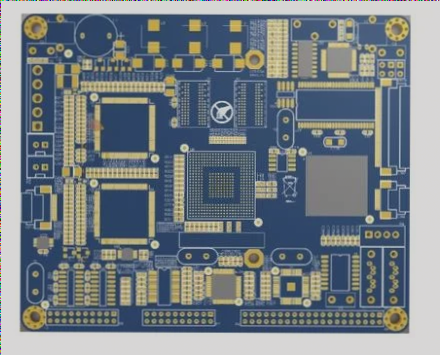How to design the process for a PCB circuit board
In PCB design, the process involves defining system specifications, creating a functional block diagram, partitioning the system into multiple PCBs, selecting packaging methods, determining PCB sizes, and arranging components for efficient routing before finalizing the design and ensuring it meets all relevant standards.
How to design the process for a PCB circuit board Read More »







